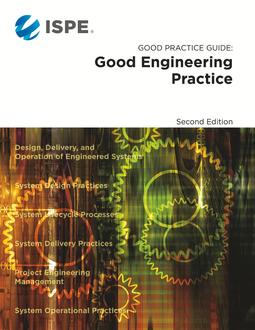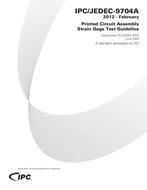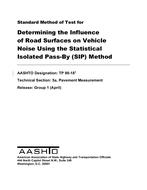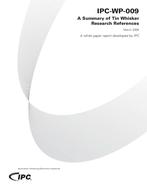ISPE Good Practice Guide: Good Engineering Practice, Second Edition PDF
$357.00
Handbook / Manual / Guide by International Society for Pharmaceutical Engineering, 10/01/2021
Description
Running a business efficiently requires working practices that will deliver optimum value for a given scope of work. The adoption of Good Engineering Practice (GEP) can lead to a balance of expenditure and activity in relation to benefits. Benefit is most likely gained when finite resources are focused on identified higher risk aspects or when high risk aspects are more intensely controlled to enable reliable delivery and seamless production. Specific potential benefits include facilitation of speed-to-market of regulated products through efficient delivery of manufacturing facilities and systems and an optimized level of quality oversight, commensurate with the maturity of established GEP.
The ISPE Good Practice Guide: Good Engineering Practice (Second Edition) defines the practices and processes under GEP that support and enable the design, delivery, and operation of engineered systems. The scope of GEP covers the complete lifecycle of engineering projects and engineered systems from conceptual design to retirement. This Guide considers the entire range of pharmaceutical engineering activity and identifies key attributes of GEP within it, including how GEP relates to and interfaces with GxP.
Updates for the second edition include alignment with current industry practice, particularly with respect to the ISPE Baseline® Guide: Commissioning and Qualification (Second Edition) which incorporates ASTM E2500, EU GMP Annex 15, ICH Q8, Q9, and Q10, and applicable regulatory guidance. This Good Practice Guide incorporates the concepts and application of Quality Risk Management (QRM), specifically the application of GEP as an enabler for QRM-based integrated Commissioning and Qualification (C&Q).
The structure of the Guide divides GEP activity into the following categories:
- Core Concepts
- Risk Management
- Cost Management
- Organization and Control
- Innovation and Continual Improvement
- Practices
- System Lifecycle Processes
- Project Engineering Management Practices
- System Design Practices
- System Delivery Practices
- Operational Support Practices
- Ancillary Support Practices
- Enabler
- Engineering Quality Process
This Guide was developed through the collaboration of representative professionals from various sectors and geographic regions of the pharmaceutical industry with the intention of determining a common understanding of the concept and principles of GEP.
Product Details
- Edition:
- 2nd
- Published:
- 10/01/2021
- ISBN(s):
- 9781946964489
- Number of Pages:
- 244
- File Size:
- 1 file , 5.8 MB
- Note:
- This product is unavailable in Russia, Belarus





